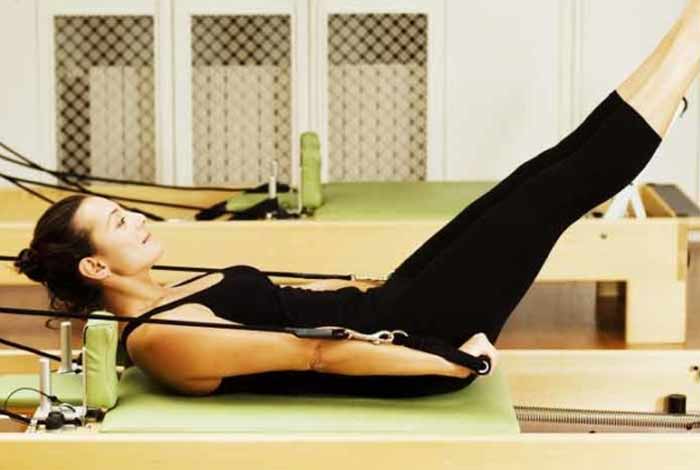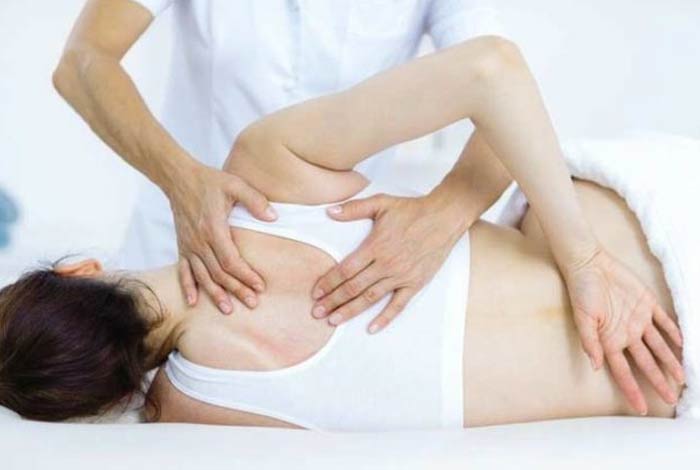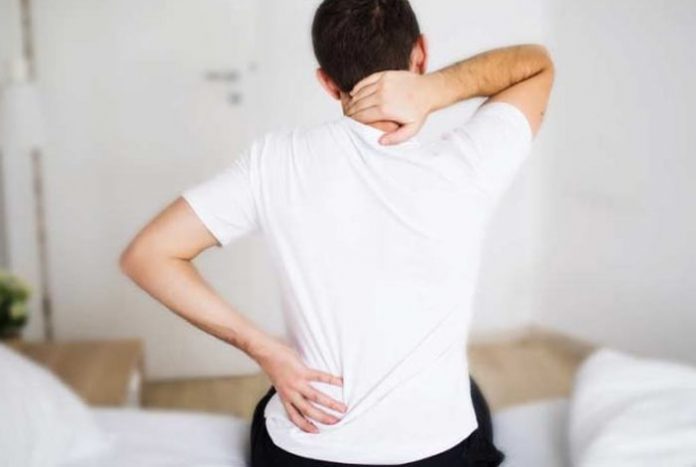
What is Back Pain?
Aahh! My back pains!’ has been increasingly becoming one of the common complaints of people. Eight out of 10 people get affected by back pain at some or other point of their lives. The range of pain varies from dull, constant ache to a sudden, sharp pain.
The human back consists of a large, complex structure comprising bones, muscles, nerves, tendons, ligaments and blood vessels originating from below the neck. This highly complicated anatomy provides the required flexibility to head, protects internal organs, allows movement of arms, head, legs and provides home to the spinal cord. The vertebral column consists of 33 small bones, called vertebrae that are supported by muscles, tendons and ligaments, and cushioned by shock-absorbing disks. A number of problems in the vertebral column can result in back pain.
In most cases, back pain goes away on its own, which is known as Acute back pain. It turns chronic when the pain lasts for three months or more.
There has been an increase in the prevalence of lower back pain in the last 20 years. It is slightly more common in women than men. It is a leading factor responsible for affecting the daily work of people. Studies point towards increasing sedentary work as the main cause for escalation in the problems of back, resulting in back pain.
What Causes Back Pain?
Back pain can result from a number of conditions. Some of these are:
1. Obesity
Excess weight can result in back pain. To compensate for the excess weight of body, the spine tilts and becomes stressed. With time, the normal curvature of spine becomes uneven, causing back pain. Excess weight around abdomen pulls the pelvis forward, straining the lower causing back pain.
2. Sprains and Strains
Back pains are often caused due to strained muscles. Strain usually occurs while lifting heavy objects inaccurately or due to excess physical activity.
3. Fibromyalgia
Fibromyalgia is a chronic pain disorder in which a person is constantly in pain. Patients with fibromyalgia usually experience back pain.
4. Osteoporosis
Osteoporosis is a condition in which the bone strength decreases; thus, making the bone more fragile. This can cause compression fractures in the vertebrae when it becomes porous and brittle.
5. Kidney Stone
Kidney stones can cause excruciating pain in the back.
6. Bulging or Ruptured Discs
Discs are present between the vertebrae of vertebral column that act as cushion for these bones. The soft material inside the disc might rupture or bulge and press a spinal nerve resulting in pain. However, it is possible to have a bulging or ruptured disc with no back pain.
7. Sciatica
Sciatica is used to define symptoms of leg pain along with possible tingling, numbness and weakness, which starts from lower back and travels down the large sciatic nerve present in the back of the leg. There are a number of conditions that can result in sciatica pain, such as lumbar herniated disc, spondylolisthesis, spinal stenosis and degenerative disc disease.
8. Arthritis
Osteoarthritis is a condition that can cause pain in the lower back. Sometimes, arthritis in the spinal cord can result in narrowing of space around the spinal cord, leading to spinal stenosis.
9. Skeletal injuries
Any injury to the vertebral column, such as sports injury or accidents, can cause back pain.
10. Inaccurate Posture
Poor posture is one of the common reasons for back pain. It puts excess stress on spine which can cause structural abnormalities resulting in increased pressure on nerves and obstructed blood flow through blood vessels. It can also cause problems in the back muscles, discs and joints.
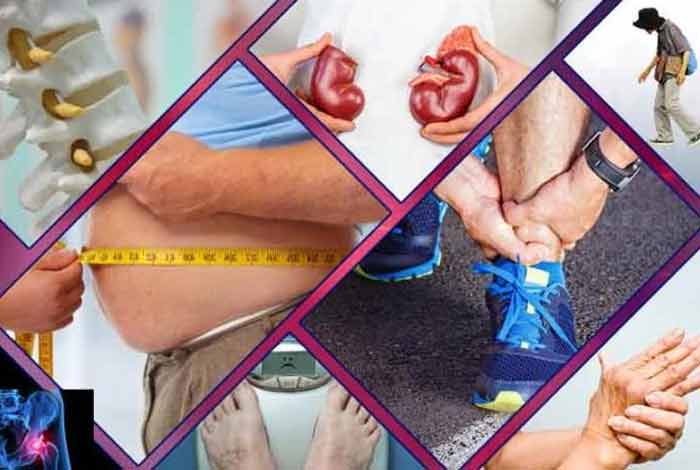
How to Manage Back Pain?
Determining the underlying causes of back pain can be a daunting task, but there are a number of ways by which back pain can be managed effectively. You can get rid of your pain completely or decrease its intensity or stop it from getting worse easily at home. These back-pain remedies focus on reducing the pressure on the nerves, decreasing strain, strengthening back muscles and protecting the spine.
Some of the home remedies that you can follow to manage your back pain are as follows:
1. Exercises
a) Stretches
Stretching can help in restoring muscles and prevent further incidences of pain. Some of the exercises that can have a positive effect on your back pain are:
-
Walking on a flat ground
-
Standing backbends
-
Cobra pose
-
Press-ups
Stretching helps loose tensed muscles and strengthens those that are weak. Stretching should be started gradually and should be stopped if any exercise causes any kind of discomfort. Forcing a stretch can damage your muscles.
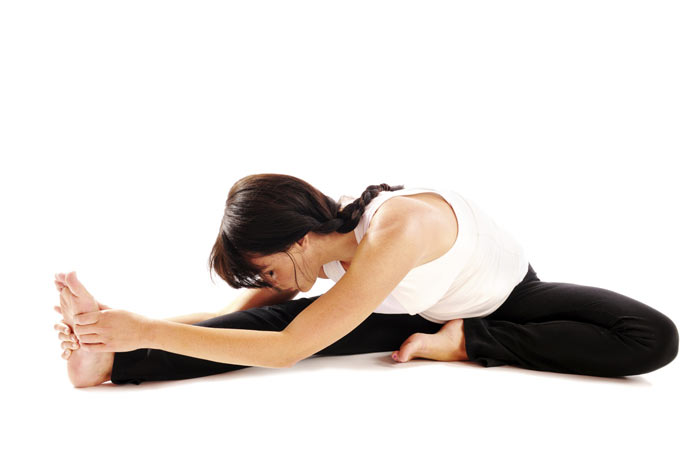
b) Aerobics
A form of exercise consisting of low to high-intensity physical activities, Aerobics or Cardio is primarily involved in generating energy by burning oxygen. This exercise form helps in relieving back pain by reducing stiffness and increasing blood flow to the affected muscles.
Low-impact exercises help in accelerating heart without putting extra pressure on the spine or worsening back pain. It helps in maintaining mobility and functionality. It also aids weight loss, which can further help in reducing pressure on spine and ease back pain. You can do aerobics 3-4 times a week for 20-30 minutes.

c) Meditation
Meditation can help in managing chronic pain. A Duke University research points towards the usefulness of meditation in reducing pain and psychological distress in people, who practice meditation for anger management. In another study, nearly 40% decrease in pain intensity was observed in people practicing meditation.

d) Brain Training
The way in which your brain interprets and processes pain determines how you perceive pain. You can develop skills that can train your brain to reduce responding to or completely ignore pain signals. These skills can help you in coping with chronic pain.
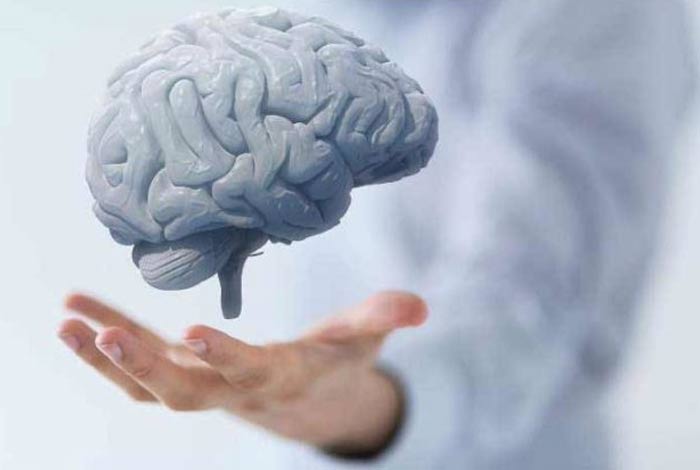
e) Yoga
According to a research published in the Annals of Internal Medicine, people, who practiced yoga for one day a week continued over three months, showed greater improvements in their back pain than people receiving conventional treatments like back pain medicines or physical therapy.
f) Strength Training
In this, you are required to stand with your back to a wall and press your shoulder blades against it. If you feel any sort of discomfort, it is time to strengthen your back muscles. Strengthening back muscles helps reduce back pain.
Strength training is a form of physical exercise in which resistance is used to cause muscular contraction, which eventually helps in infusing strength in your muscles.

2. Diet
a) Ginger
The anti-inflammatory effects of ginger can help you in managing your back pain.
How to use it:
-
Apply ginger root paste to the affected area followed by eucalyptus oil.
-
Cut 4-6 thin slices of fresh ginger root and add one and a half cups of water to it. Let it boil on a low flame for 10-15 minutes. Add honey to it and drink this mixture two to three times a day until you observe improvement in your pain.
-
Make herbal tea by mixing a half teaspoon of black pepper, half teaspoon of clove powder along with one teaspoon of ginger powder in warm water.
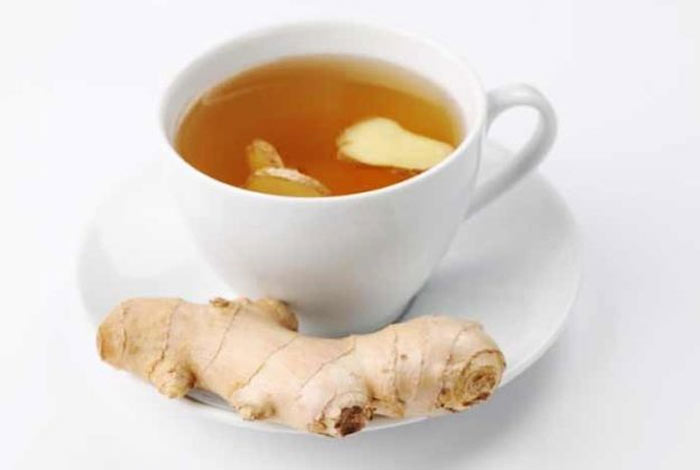
b) Basil Leaves
Basil leaves can help in reducing inflammation and easing pain.
How to use it:
-
Add 8-10 basil leaves in a cup of water and boil it till it becomes half.
-
Allow it to cool and add a pinch of salt to it.
-
Drink this mixture once daily for managing less severe pain and twice daily for severe pain.

c) Poppy Seeds
Poppy seeds work as wonder in back pain and help in managing the symptoms effectively.
How to use it:
-
Grind 1 cup of poppy seed with rock candy (mishri).
-
Take two teaspoons of this mixture, two times a day followed by a glass of milk.

d) Garlic
Garlic can help you in managing your pain due to its anti-inflammatory effects. Eating two to three cloves of garlic each morning on an empty stomach can help reduce pain. You can also prepare garlic oil to massage over the affected area.
How to use it:
-
Heat some coconut or sesame or mustard oil till it becomes warm and add 8-10 cloves of garlic to it. Fry the garlic until brown. Strain the oil and allow it to cool.
-
Using this oil, massage your affected area. Let it sit for some time and then, take a warm bath.
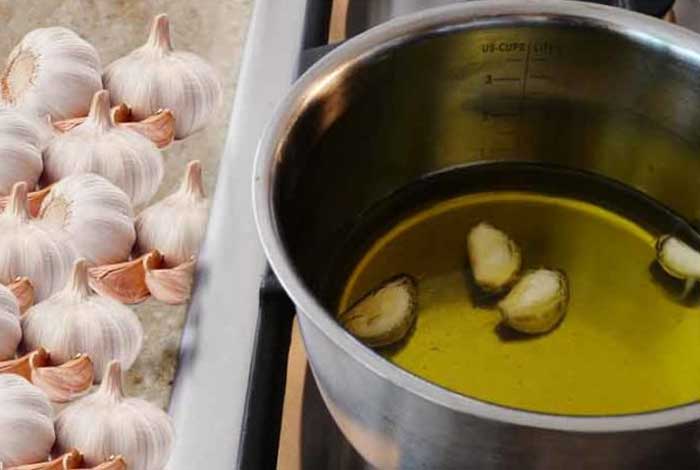
e) Wheat
Wheat is known to possess some analgesic properties that can help in reducing pain.
How to use it:
-
Soak a handful of wheat in water for a night.
-
In the morning, mix cuscus grass (vetiver bunchgrass) powder and coriander with it.
-
Add one cup of milk to the mixture and bring it to boiling temperature till it thickens.
-
Take this mixture twice daily.

f) Chamomile Tea
Chamomile tea is known to possess anti-inflammatory properties that helps reduce back pain. It also relaxes tensed muscles, which can be a cause of back pain. Chamomile tea can be bought from store or even made at home.
How to use it:
-
Add one tablespoon of chamomile flowers to one cup of water and boil it.
-
Allow it to steep for 10 minutes.
-
Drink one to three cups of this tea daily.
g) Milk
Milk is a rich source of calcium, which helps keep the bones and muscles healthy and strong. By taking adequate amount of calcium through your diet, you can reduce your back pain.
How to use it:
-
Drink a glass or two of milk regularly. You can add honey to it enhance its flavor.
-
Mix cuscus grass with sugar in equal amounts and consume it with a glass of warm milk.

h) Pepper product
Pepper products contain capsaicin, responsible for the hotness of pepper. When it is applied on the skin, it depletes a neurochemical compound, called Substance P, produced in the nerve endings. It is required for transmitting pain sensations to the brain. When there is less concentration of Substance P, the sensation of pain also decreases.
Find a topical product such as a cream or ointment containing 0.025 to 0.075% of capsaicin and starts applying it on the affected area. The product might take a few weeks before showing its full effect. If you observe any irritation on the skin, stop using the preparation.

i) Bromelain
Bromelain, an enzyme extract obtained from pineapples, helps in improving circulation, decreasing swelling and absorbing inflammation-causing substances and their by-products. Look out for a product having the strength of 1200 – 2400 MCU (milk-clotting units) or 720-1440 GDU (Gelatin-dissolving units). It should be taken an hour after meal.

j) Valerian
Valerian is a perennial plant, whose roots are used for various medical benefits. The active ingredient, valepotriates, have a calming effect on the body and is used for treating insomnia and other sleep disorders. It is much milder in nature than other pharmaceutical products.
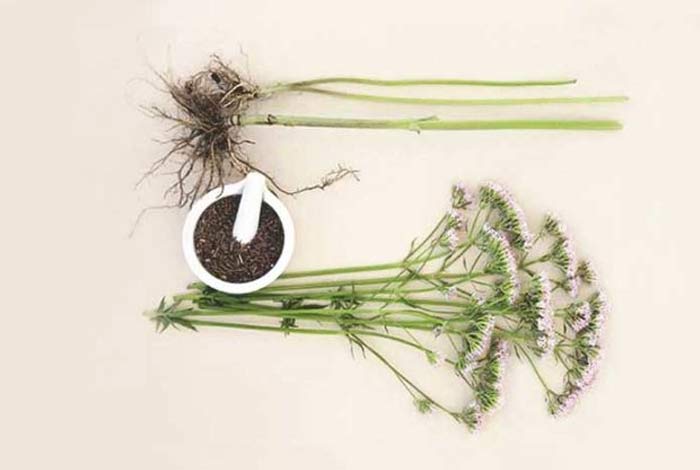
3. Habits
a) Posture
Good postures help in protecting the intricate sections of your spine and keeps them healthy and function normally. Bad posture can increase strain on your back and changes its architecture. Rounding your shoulders, bending sideways when standing or slouching should be avoided.
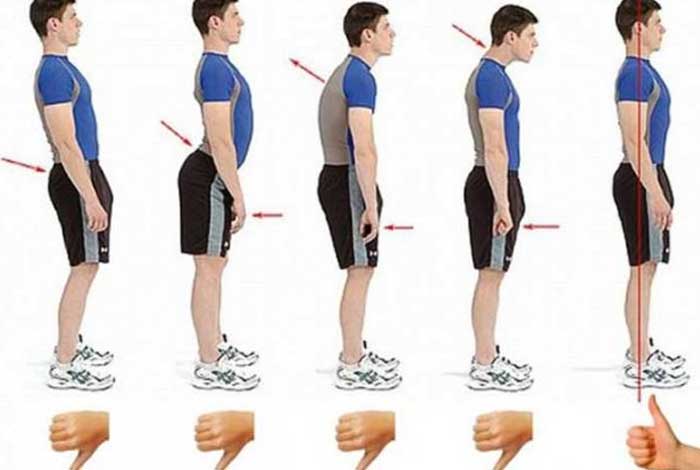
b) Office Ergonomics
Sedentary work can take a toll on your spine, which can be reduced by maintaining a good work ergonomics. According to Safe Work Australia, lower back pain has been increasingly becoming a major reason for work-related disabilities.
Ergonomics is the process of arranging or designing products, systems and workplaces according to the people who use them. The aim of work ergonomics is to establish a safe, productive and comfortable work environment. Having a good office ergonomics can help in reducing the risks of carpal tunnel syndrome and the hazards of prolonged sitting in an office chair like neck strain, leg pain and lower back pain.
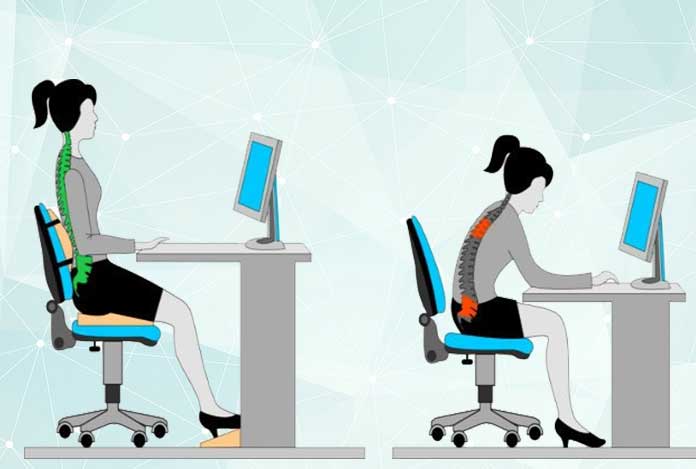
c) Shoes
Try to wear comfortable shoes with low heels to prevent back pain. Such shoes help in reducing strain on your spine while you are standing. Shoes with heels that are less than an inch long are best for your back.

d) Stop Smoking
Smokers are thought to be at a higher risk of developing back pains that people who do not smoke. This is because, nicotine decreases the blood flow to the disks in the spine, causing them to dry, crack and rupture. Smoking decreases oxygen content in the blood, depriving the back muscles and tendons of proper nourishment. This makes the back unhealthy, weak and more vulnerable to accidental pulls and strains, resulting in back pain.
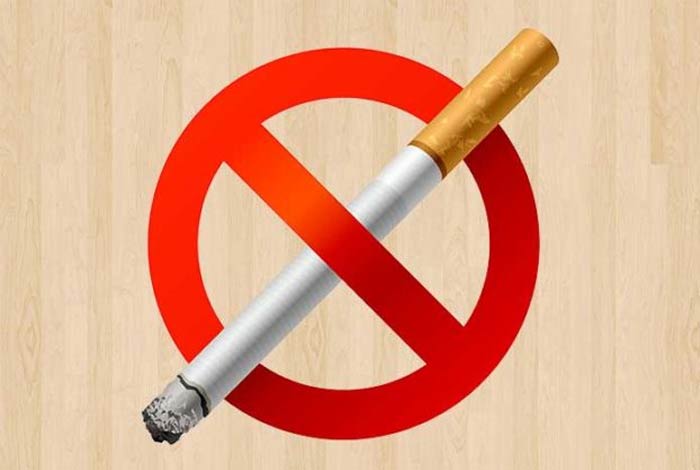
e) Proper Lifting of Load
Improper lifting of heavy load can take a toll on your back. It is a misconception that such back pains only happen to people who lift heavy boxes. It can happen by carrying a heavy suitcase, load of groceries, laptop bag and so on. Whenever possible, try to distribute weight on both the sides of your body to reduce or shift the weight from one shoulder to other. You can also try to use a rolling cart or bags with wheels when carrying heavy loads.
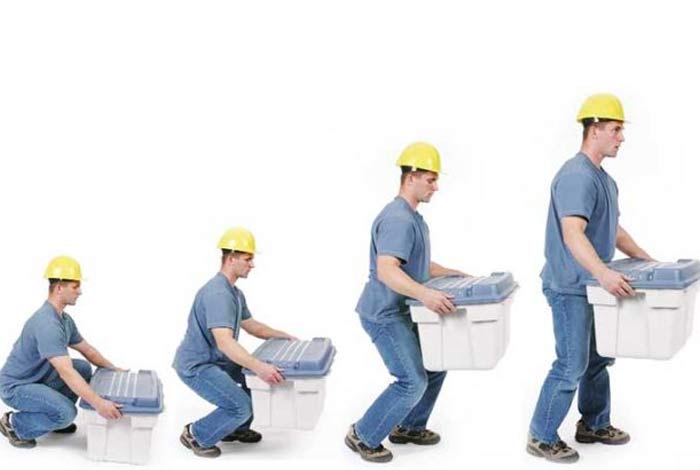
f) Sleep Postures
Sleeping with a pillow under your feet can help in easing your back pain. If you sleep on the side, keep a pillow between your knees to relax your muscles. Sleeping on your stomach can result in back pain. If you can only sleep while being on your stomach, then you should try to keep a pillow under your lower abdomen and pelvis to keep your muscles relaxed and prevent straining your back.
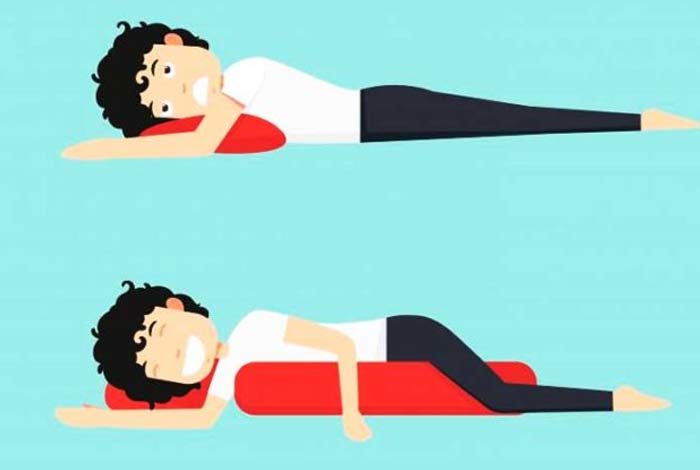
4. Massage
Gentle massage on the affected area can help in easing tension from sore muscles and relieve back pain. Massage therapy along with traditional treatments can help reduce back pain, the use of anti-inflammatory medicines and days spent in bed due to pain, in addition to improved back function. Massages done for relaxation and those done solely for easing pains, known as relaxation massage and therapeutic massage, respectively are found to be equally effective in easing back pain. You can also use a medicated ointment for added relief.

5. Oils and Ointments
Various oils and ointments can also help you in getting relief from your pain. According to a study done by Merc, an ointment manufacturing company, by using ointments containing Comfrey root extract for 5 days you can decrease the intensity of your lower back pain by 95%. However, you should refrain from using the ointment after 10 days of regular therapy as it might become toxic.
There are a number of other ointments available in the market with ingredients, such as ketoprofen, ibuprofen, cayenne, Brazilian arnica and diclofenac that can help in desensitizing pain channels in the affected areas, and cause relief. These topical preparations are nearly as effective as oral medications, and available as gels, creams, patches and sprays. You might experience skin irritation with certain brands, hence user discretion is advised.
Oils like eucalyptus oil, lavender essential oil, olive oil, almond oil and coconut oil can help manage pain. You can massage the affected area with these oils to relieve pain. Heat the oil until it gets warm and then, massage gently over the affected area.

6. Supplements
Having strong bones can help you in preventing osteoporosis, which usually turns out to be a common cause of back pain in the later years of life. Consume enough amounts of calcium and vitamin D through dietary supplements like milk, yogurt, egg yolks, beef liver and cheese. You can also take supplements under your doctor’s supervision.

7. Hot/Cold Therapy (Cryotherapy)
Hot/cold packs are known to provide tremendous relief from back pain and facilitate the healing process.
-
Cold Therapy:
In this, you apply something cold on the source of pain. It can help you in reducing pain and inflammation. It also numbs sore tissues and slows nerve impulses; thereby, interrupting pain spasm reaction between the nerves. It also decreases tissue damage.
Cold therapy is most effective if you apply it within 24-48 hours of injury. As you apply something cold at the site of injury, the blood vessels in the area contract, which decreases circulation. When the cold object is removed, the blood rushes to the affected area, bringing extra nutrients with it, which helps the injured tissues to heal in a better way.
-
Heat Therapy:
Applying heat to the affected area stimulates blood flow in the area and inhibits pain messages to be sent to the brain. You can apply heat in various forms like taking a hot shower, using a heating pad, heat wrap, hot water bottle or by simply soaking in a hot tub. You can also add Epsom salt in your bath, which can help you ease your sore back muscles.

8. Stress Reduction
Reducing stress can help you in reducing your back pain. When you are anxious, the body’s fight/flight response gets activated, which makes your muscles tensed. Therefore, you should try to relieve your stress through different stress busting activities.
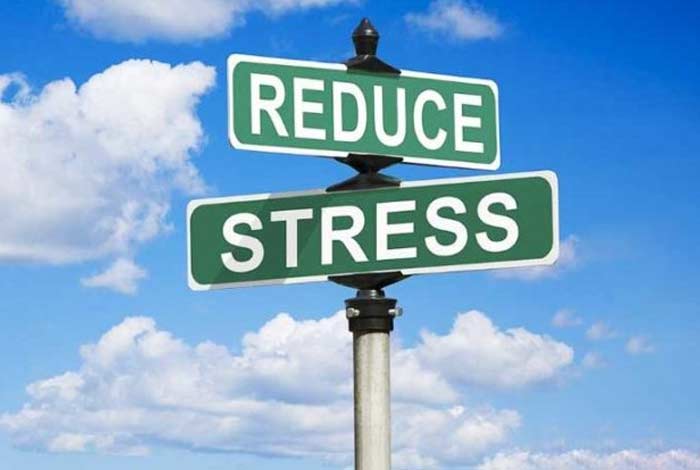
9. Complimentary treatments
a) Acupuncture
Acupuncture is an alternative medicine, which can help you get rid of your back pain. It is an integral part of traditional Chinese medicine (TCM). In this technique, thin needles are inserted at certain points of your body that are connected to different pain pathways; thereby, creating a flow of energy, known as Qi. By stimulating these points, imbalance in Qi is corrected and the flow of energy is improved. According to research, people receiving acupuncture treatments were found to get more relief than people receiving conventional treatments.

b) Talk Therapy
According to a UK-based study, people, who underwent group cognitive therapy of 90 minutes a week for 6 weeks, reported less pain during the treatment. In this, people are taught to solve their problems by changing their thoughts and behavior. After a year, about 59% people reported total recovery from their pain compared to just 31% in the group, who did not take the therapy.
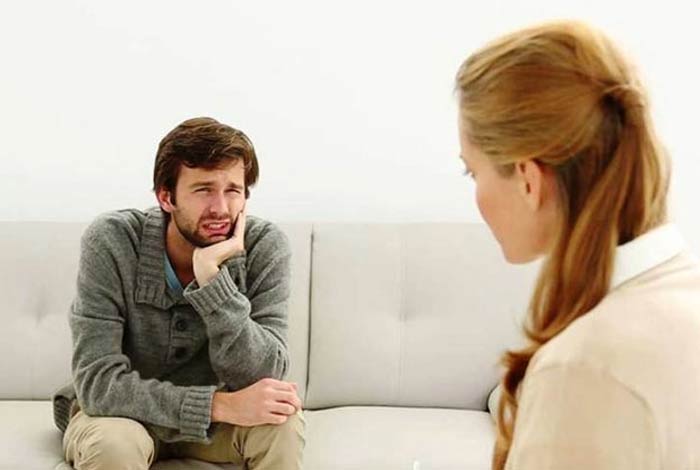
c) Physical Therapy
Also known as Physiotherapy, it is a treatment method, which utilizes mechanical force and movements to promote mobility and functional ability of muscles which are affected by injury, pain, disorders, aging, etc. According to a study published in the journal, Spine, by starting physical therapy within a few weeks of pain onset, one can decrease his/her need of subsequent medical care to manage it.
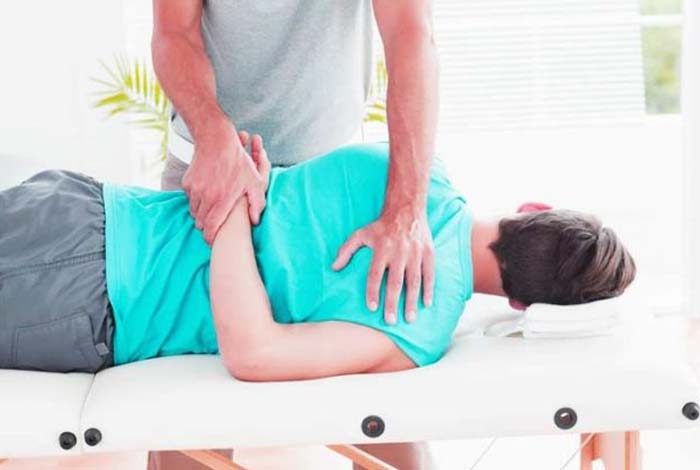
d) Osteopathic Manual Therapy (OMT)
In this therapy, an osteopath or a chiropractor helps you in moving your back muscles by using hands-on techniques like light pressure, stretching and resistance. It was found in a study that those, who underwent OMT for 12 weeks, reported a 30% decrease in their pain intensity.
e) Aquatic Therapy
This is basically a form of physical therapy, but under water. Here, water resistance is used instead of weights. According to a study done in 2013, sedentary adults undergoing aquatic therapy for five times a week for two months indicated a decrease in their pain with enhanced quality of life. Another study found aquatic therapy beneficial in treating lower back pain experienced by pregnant women.

f) Tai Chi
This is a slow-moving Chinese martial art, which can be effective in treating back pain. According to a 2011 study by the American College of Rheumatology, people, who completed two 40-minute sessions a week for 10 weeks, showed a decrease in their pain intensity by 1.3 points on a zero-to-10 scale.
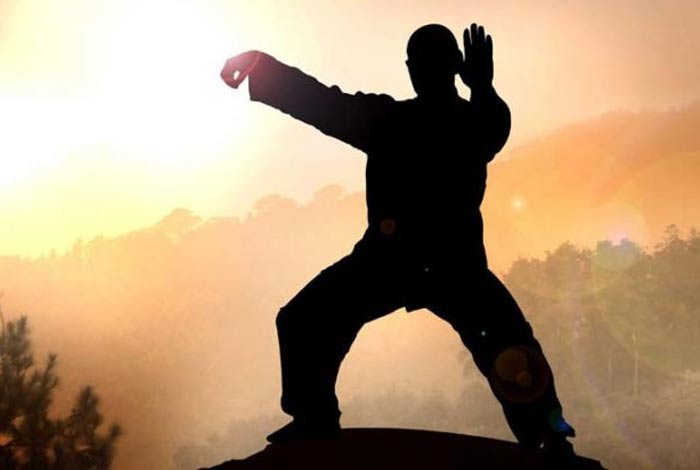
g) The Alexander Technique
It is a type of physical therapy in which participants are taught how to adjust their posture during day-to-day activities for decreasing tension in muscles. In a study, long-term improvement was observed in people taking lessons of Alexander technique.
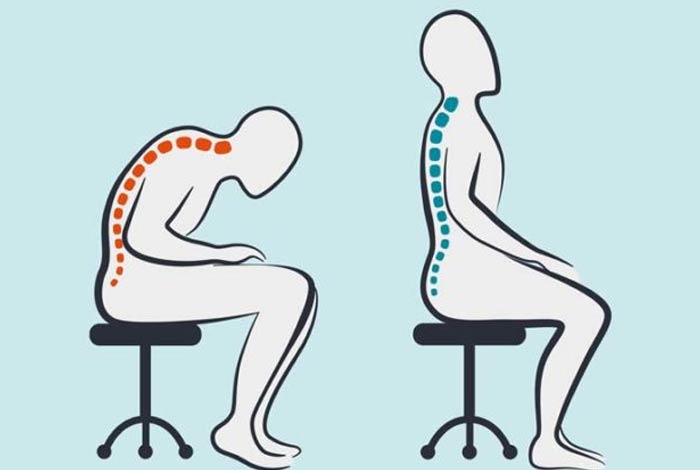
h) Pilates
Pilates is a physical fitness system that can help people in strengthening their muscles and managing back pain. In 2014, a study, published in the European Journal of Physical Rehabilitation Medicine, demonstrated a decrease in pain, disability along with an increase in psychological health in chronic lower back pain patients, who took Pilates session twice a week for six weeks.
